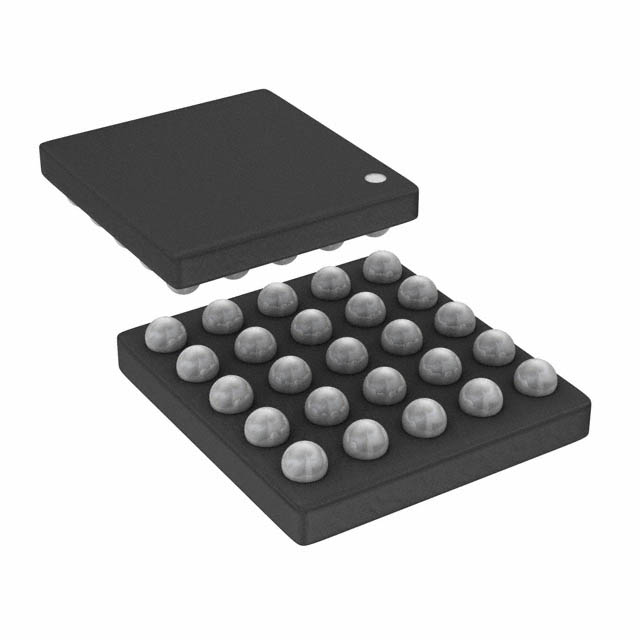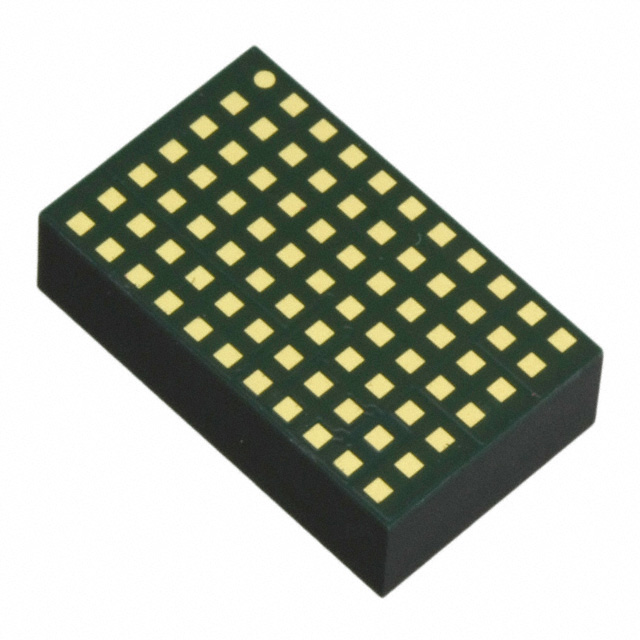Ⅰ. PMIC - Battery Chargers
Ⅱ. Physical Characteristics of PMIC - Battery Chargers
Ⅲ. Electrical Characteristics of PMIC - Battery Chargers
PMICs, or Power Management Integrated Circuits, play a crucial role in managing and controlling the power supply within electronic devices. One essential function of PMICs is battery charging. PMIC battery chargers are designed to efficiently charge the batteries used in various portable devices such as smartphones, tablets, laptops, and other battery-powered devices. Here are some key aspects of PMIC battery chargers:

1.Charging Modes: PMIC battery chargers typically support multiple charging modes to accommodate different battery chemistries and charging requirements. Common charging modes include constant current (CC) charging and constant voltage (CV) charging. In the CC mode, the charger supplies a constant current to the battery until it reaches a specific voltage threshold. In the CV mode, the charger maintains a constant voltage across the battery while reducing the charging current as the battery approaches full charge.
2.Charging Profiles: PMIC battery chargers can support various charging profiles tailored for different battery types, such as lithium-ion (Li-ion), lithium-polymer (LiPo), nickel-cadmium (NiCd), nickel-metal hydride (NiMH), and lead-acid batteries. Each battery chemistry has specific charging requirements, including voltage limits, current limits, and temperature considerations. The PMIC charger must provide appropriate charging profiles to ensure safe and efficient charging for the specific battery type.
3.Safety Features: PMIC battery chargers often incorporate safety features to protect the battery and the device during the charging process. These features may include overvoltage protection (OVP), overcurrent protection (OCP), thermal protection, and battery temperature monitoring. These safeguards prevent overcharging, overheating, and other potentially dangerous conditions that could damage the battery or pose a safety risk.
4.Charging Efficiency: PMIC battery chargers aim to maximize charging efficiency to minimize power losses and reduce charging time. Efficient charging helps optimize battery life and conserves power consumption. Techniques such as synchronous rectification and high-frequency switching are employed to achieve higher conversion efficiency.
5.Charging Current and Voltage Regulation: PMIC battery chargers provide accurate control of the charging current and voltage. They monitor the battery's state of charge and adjust the charging parameters accordingly. This regulation ensures that the battery is charged within safe limits and prevents overcharging or undercharging, which can impact battery performance and lifespan.
6.USB Power Delivery (USB PD) Support: With the increasing adoption of USB Type-C and USB PD standards, many PMIC battery chargers incorporate USB PD support. This allows for fast charging and enables power negotiation between the charger and the connected device, dynamically adjusting the power delivery based on the device's capabilities and charging requirements.
7.Thermal Management: PMIC battery chargers include thermal management mechanisms to monitor and regulate the charging temperature. They may incorporate thermal sensors and control algorithms to prevent overheating, adjust charging rates based on temperature, or initiate thermal protection mechanisms if necessary.
PMIC battery chargers vary in their features, capabilities, and charging specifications based on the specific application and device requirements. Manufacturers provide datasheets and application notes that detail the charging parameters, recommended usage guidelines, and other relevant information to assist in the proper integration and use of PMIC battery chargers.
Physical Characteristics of PMIC - Battery Chargers
The physical characteristics of PMIC battery chargers encompass various aspects related to their physical form, packaging, and external features. Here are some common physical characteristics to consider:
1.Package Type: PMIC battery chargers are available in different package types, such as QFN (Quad Flat No-leads), BGA (Ball Grid Array), SOP (Small Outline Package), and TSSOP (Thin Shrink Small Outline Package). The package type determines how the charger is mounted and connected to the circuit board.
2.Pin Configuration: PMIC battery chargers have specific pin configurations that vary based on their functionality and features. The number and arrangement of pins determine the connections for power supply, battery terminals, control inputs/outputs, and other interfaces.
3.Dimensions: PMIC battery chargers come in various sizes, with dimensions specified in terms of length, width, and height. The dimensions determine the physical footprint and compatibility with the circuit board and device design.
4.Thermal Considerations: PMIC battery chargers may include thermal pads or exposed thermal surfaces to facilitate heat dissipation. The package design and thermal characteristics of the charger play a role in managing heat generated during charging operations.
5.Mounting Style: PMIC battery chargers can be surface-mounted or through-hole mounted, depending on the package type and intended assembly method. Surface-mount chargers are more common, as they enable compact designs and automated manufacturing processes.
6.Indicator LEDs: Some PMIC battery chargers feature indicator LEDs that provide visual feedback on the charging status. These LEDs can indicate charging in progress, charging completion, or error conditions, enhancing user convenience and feedback.
7.External Components: PMIC battery chargers may require external components such as input/output capacitors, resistors, and inductors to support their operation and optimize charging performance. The specific component requirements and their physical characteristics may be specified in the datasheet or application notes.
It's important to refer to the datasheet, application notes, or manufacturer's documentation for precise information regarding the physical characteristics of a particular PMIC battery charger. These documents provide details about the package type, pin configuration, dimensions, and other relevant information for proper integration and usage within a specific application.

Electrical Characteristics of PMIC - Battery Chargers
The electrical characteristics of PMIC battery chargers provide important information about their performance, charging capabilities, and compatibility with different batteries. Here are some key electrical characteristics to consider:
1.Input Voltage Range: PMIC battery chargers have a specified input voltage range within which they can operate. This range indicates the minimum and maximum voltage levels that the charger can accept as the input power source. It is crucial to ensure that the input voltage falls within this specified range to ensure proper functionality.
2.Charging Current: PMIC battery chargers provide a charging current to the battery during the charging process. The charging current determines the rate at which the battery charges and is typically specified in amperes (A) or milliamperes (mA). The charger should support the desired charging current based on the battery's charging requirements.
3.Charging Voltage: PMIC battery chargers provide a charging voltage to the battery. The charging voltage is typically specified as a constant voltage level in volts (V) and depends on the battery chemistry and charging stage. It is important to ensure that the charger can supply the appropriate charging voltage for the specific battery being charged.
4.Charging Efficiency: PMIC battery chargers strive to achieve high charging efficiency to minimize power losses during the charging process. Charging efficiency is expressed as a percentage and represents the ratio of the output power (energy delivered to the battery) to the input power (energy drawn from the power source). Higher charging efficiency results in reduced energy waste and shorter charging times.
5.Charging Algorithm: PMIC battery chargers implement specific charging algorithms to optimize the charging process based on the battery type and charging stage. These algorithms control the charging current and voltage profiles to ensure safe and efficient charging while preventing overcharging or undercharging.
6.Battery Voltage Monitoring: PMIC battery chargers may incorporate battery voltage monitoring capabilities. They monitor the battery voltage during the charging process to determine the battery's state of charge and adjust the charging parameters accordingly.
7.Protection Features: PMIC battery chargers often include protection features to ensure safe charging and prevent damage to the battery and the device. These features may include overvoltage protection (OVP), overcurrent protection (OCP), overtemperature protection (OTP), reverse polarity protection, and short circuit protection.
8.Communication Interfaces: Some PMIC battery chargers support communication interfaces such as I2C (Inter-Integrated Circuit) or SMBus (System Management Bus). These interfaces enable communication between the charger and the host system, allowing for monitoring and control of the charging process.
It is essential to consult the datasheet, application notes, or manufacturer's documentation for detailed information on the specific electrical characteristics of a PMIC battery charger. These documents provide comprehensive specifications and guidelines for selecting and integrating the charger into a given application.



